
The Backstory: When “Plan A” Doesn’t Pan Out
When I transferred into CU in Fall 2024, I had big hopes of landing a great internship through the Learning Agency. The program is fantastic—supportive, full of resources—but by the time I found out about it, it was already getting late in the game. I needed something to start in January, not months later. Time was ticking, and I could feel the “you won’t graduate on time” clock counting down.
So, I took matters into my own hands.
Enter: The Cold Email Era
I applied to every possible internship in Seattle that had anything to do with education. Most weren’t even advertising internships. Amazon? Crickets. Local agencies? No dice. Nonprofits? Still nothing. Free labor and no takers—who would’ve guessed?
Eventually, I sat down and wrote cold emails to every nonprofit I could imagine myself working for. A few kind souls responded, and finally, IslandWood said yes. I landed an opportunity to work on curriculum for Salmon in the Schools, a program being refreshed and re-launched next school year.
The Work: From Field Kit Dreams to Curriculum Reality
While it wasn’t a traditional instructional design internship, it ended up being the perfect fit for me. Here’s how it all unfolded:
- Needfinding: I started by understanding the program and talking with stakeholders at IslandWood. My audience? Busy 4th and 5th grade Seattle Public School teachers managing tanks full of salmon eggs in their classrooms.
- Phenomenon-Based Planning: I aligned the lessons with NGSS 5th grade standards (5-ESS2-1 and 5-ESS3-1) and wove in real-world issues like pollution, dam removal, and salmon habitat loss. Big shoutout to the salmon tire dust problem for being both real and disgustingly memorable.
- Curriculum Design: I created a cohesive 3-lesson unit:
- Lesson 1: Science-focused with close reading passages about Earth systems and human impact.
- Lesson 2: ELA-focused, helping students craft persuasive essays using graphic organizers (yes, a burger metaphor was involved).
- Lesson 3: SEL + Indigenous knowledge, exploring stewardship and responsibility.
- Instructional Design Integration: Even though it was curriculum work, I leaned heavily on instructional design principles—backward design, UDL, and scaffolded supports. I followed ADDIE loosely (minus the paperwork) and used Wiggins & McTighe’s Understanding by Design model (Wiggins & McTighe, 2005) to anchor the whole unit around transfer goals.
- Accessibility: I created materials that were accessible and engaging—think Canva infographics, notetakers, PowerPoint supports, and visually-organized rubrics.
- Teacher-Facing Resources: Everything was written with teachers in mind. I included pacing guidance, setup instructions, tech alternatives, and low-prep modifications.
What I thought might be a stopgap project turned into a full-blown curriculum launch that will be used by hundreds of teachers next year. It was hard work—and so fun.

View the Curriculum: Click the Link Below:
Salmon in the Schools Curriculum
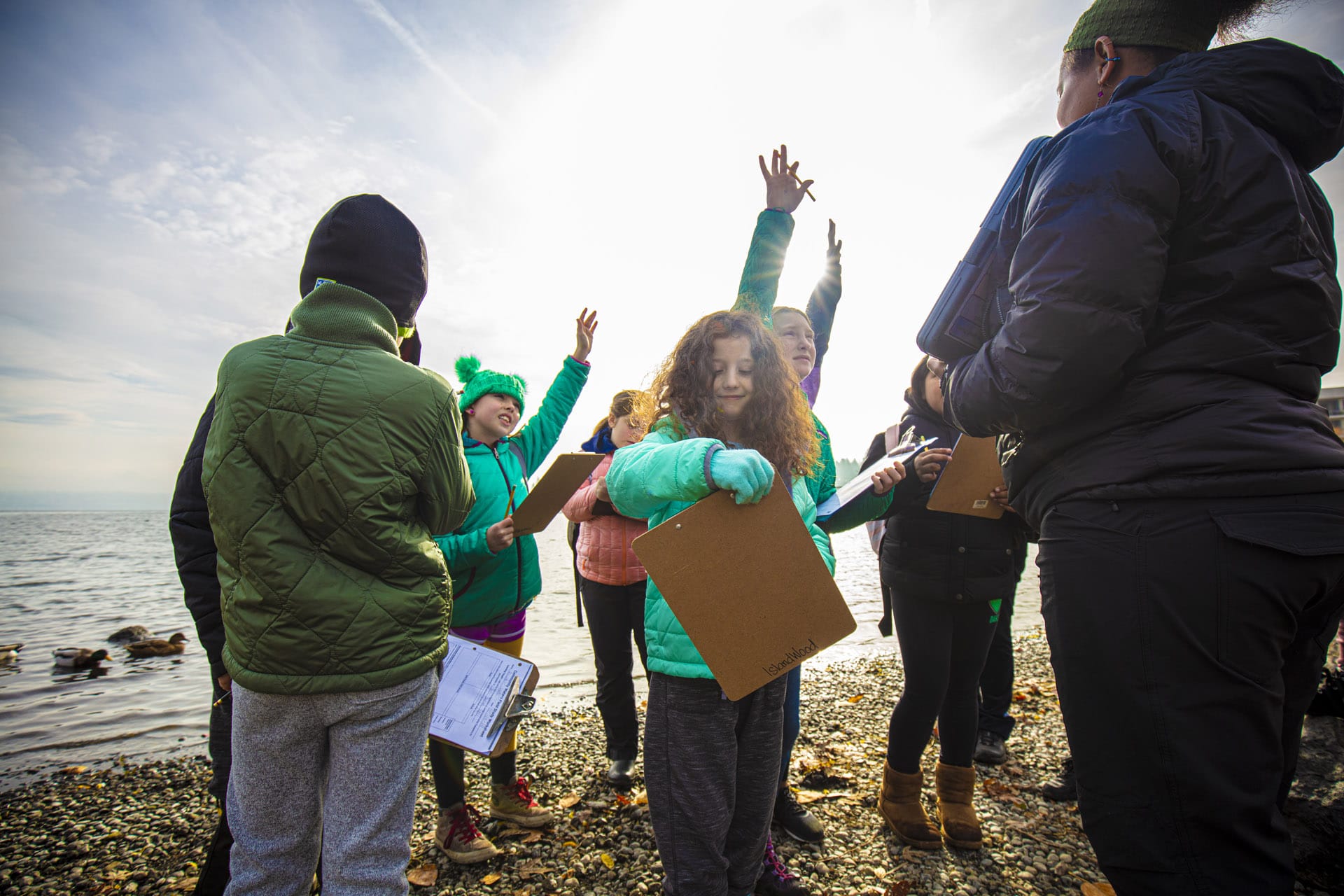
The Plot Twist: A Smithsonian Email and a Winding Path
This wild little salmon-themed internship helped me land something even bigger: a summer internship at the Smithsonian Institution.
That application? It took 10 hours. I almost gave up four times. I had a chaotic interview I thought went terribly, and when I got the rejection email, I figured that was it. But then… a follow-up: I was the runner-up, and the original person backed out. I was in! I’ll be working with the Smithsonian Science Education Center this summer.
I didn’t originally plan to go into curriculum development, but I’ve always had a strong pull toward it—and now it seems like that’s where I’m heading. The funny thing is, what started as a backup plan is shaping my whole future.
“A career path is rarely a path at all. A more interesting life is usually a more crooked, winding path of missteps, luck, and vigorous work.”
— Tom Freston
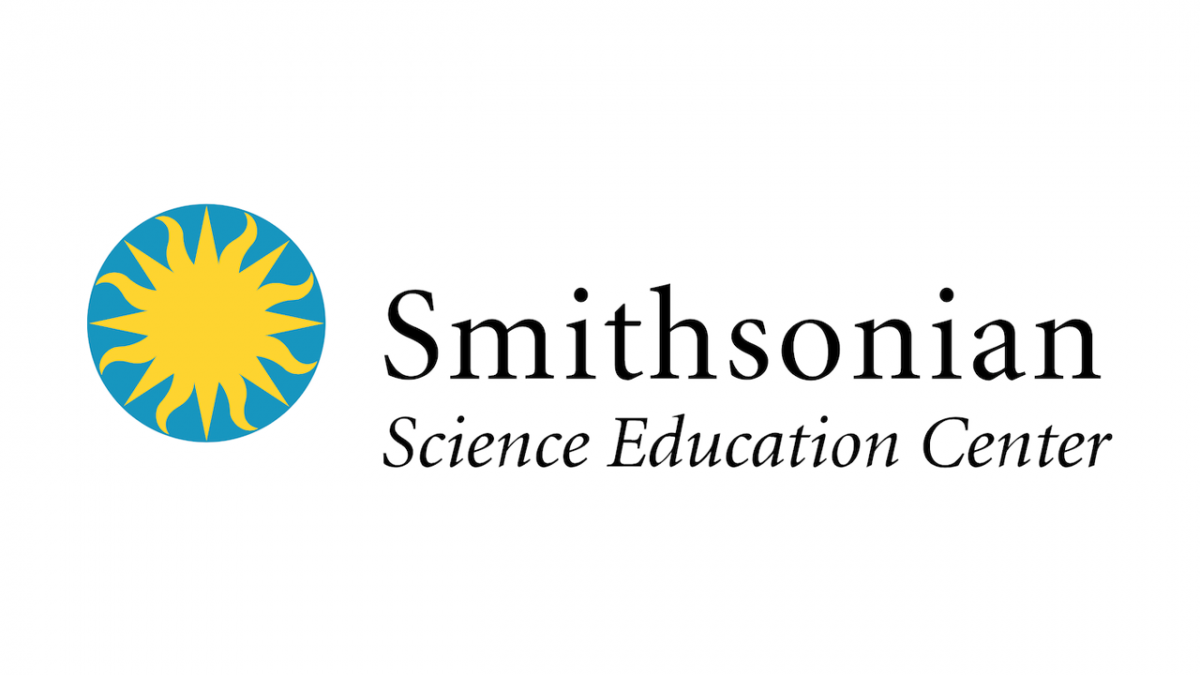
Final Thoughts: Be Bold, Be Weird, Be Pushy (in a Good Way)
I wasn’t handed this opportunity through a program. I had to hustle for it. I sent cold emails, took rejection in stride, and said yes to a project that ended up shaping me professionally.
I now have curriculum development and instructional design in my portfolio, which is exactly what I wanted—even if I had to swim upstream to get here.
So if you’re a student feeling stuck, remember:
💥 You can make your own internship.
💥 You can stand out by being a little aggressive.
💥 You don’t have to wait for someone to pick you.
Go get it.

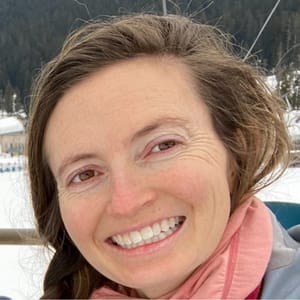




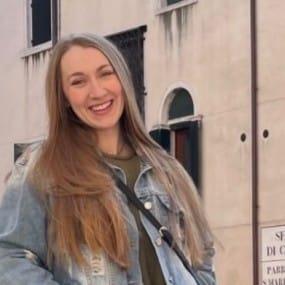
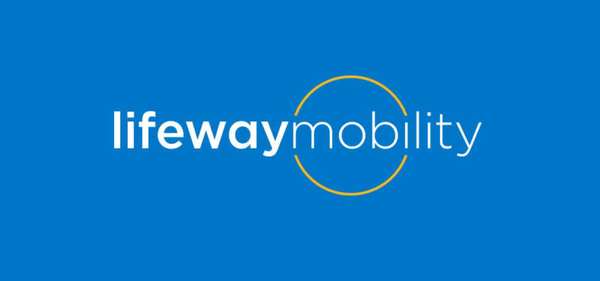
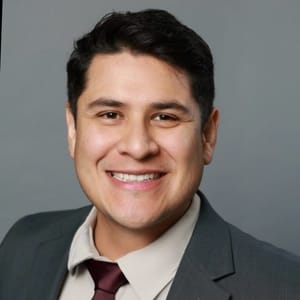

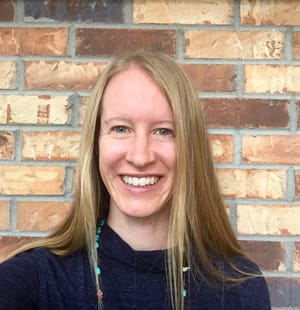

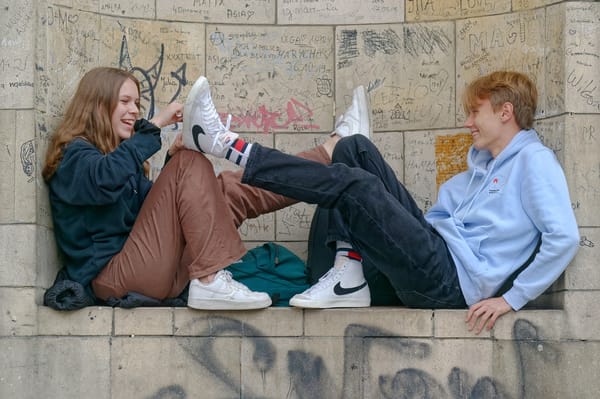
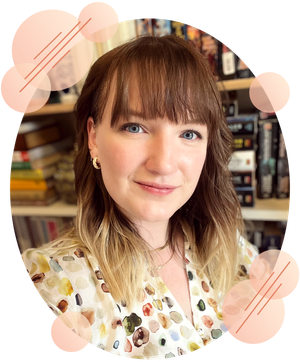
Member discussion